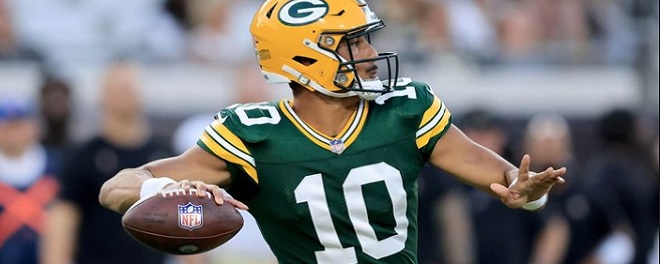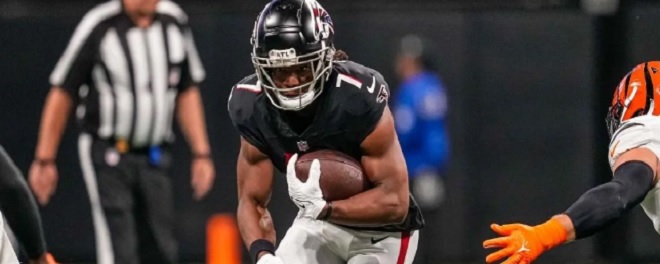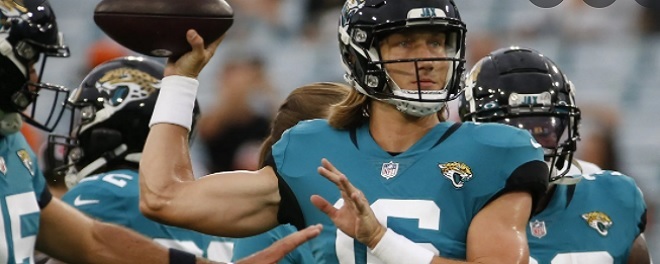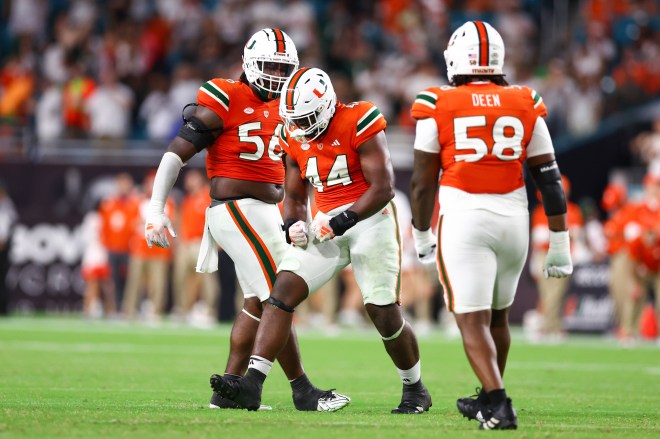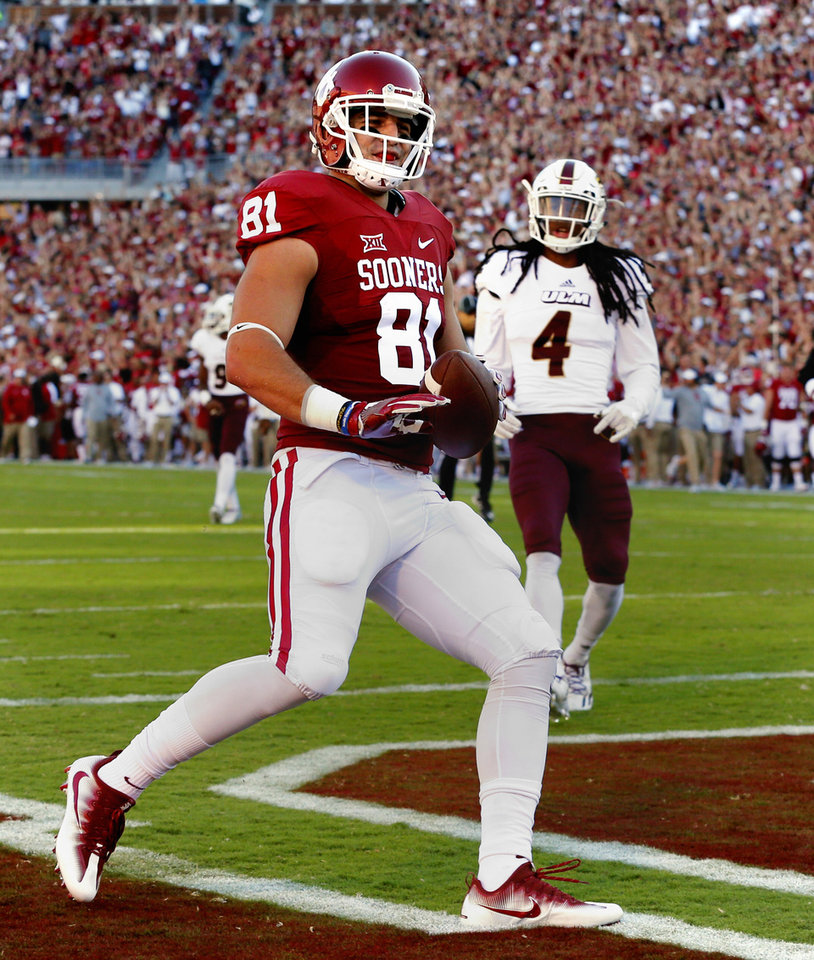 |
By Charlie Campbell
Weaknesses:
Summary: Oklahoma has featured a high-scoring offense over the past few seasons with dynamic running backs and wide receivers. Andrews went under the radar to a degree as a result, but he proved to be one of the most consistent receiving tight ends in college football after breaking out with the Sooners. In 2015, Andrews totaled 19 catches for 318 yards and seven touchdowns. As a sophomore, Andrews took his game to another level, totaling 31 receptions for 489 yards and seven touchdowns for the year. He was Oklahoma’s third leading receiver after Dede Westbrook and Joe Mixon. In 2017, the junior tight end put together his best season, catching 62 passes for 958 yards and eight touchdowns.
For the NFL, Andrews could be a nice contributor as a receiving tight end. Oklahoma often split Andrews out and had him run routes out of the slot. Andrews used his quickness, athleticism, and size to demonstrate nice run-after-the-catch ability. He has the skill set to be a receiving threat down the seam and in the red zone in the NFL, like he was in college. Andrews has the quickness to get downfield and shows impressive speed in the open field that helps him to pull away from defenders. He possesses soft hands, fluid athleticism, and the size to make receptions over defensive backs. Andrews also runs quality routes and is adept at finding the soft spots in zone. He should be an asset in the NFL in the red zone.
In terms of his blocking, Andrews needs a lot of work. He enters the NFL as a below-average blocker. He needs to improve his technique and also block with more urgency. In speaking to team sources, they do think that Andrews has the potential to be effective blocker in the NFL. He has the size, strength and frame to work with.
There are a lot of teams that are in need of improving their receiving and mismatch weapons at tight end. Andrews isn’t an elite freak athlete with receiving ability like O.J. Howard or David Njoku, hence he isn’t a first-rounder. However, Andrews could develop into an effective three-down starter who provides mismatches for his offense. Andrews could be a solid second-round pick who develops into a quality starter and might end up making some Pro Bowls in his career.
Player Comparison: Hunter Henry. Andrews reminds me of Henry coming out of Arkansas, except Henry was a bit of a better blocker. Henry (6-5, 250) and Andrews almost identical in size and have the speed to be a receiving tight end. In the 2016 NFL Draft, Henry was a second-round pick, and Andrews could easily go in the same range in the 2018 NFL Draft.
NFL Matches: Pittsburgh, Miami, Baltimore, New England, Jacksonville and Houston
Pittsburgh needs a tight end upgrade and is in ‘win-now’ mode. Andrews could give the Steelers a receiving weapon to use down the seam.
Miami needs a three-down starting tight end as Julius Thomas is just a role player. Baltimore also needs a tight end upgrade as Ben Watson is ancient for a NFL player and Maxx Williams hasn’t panned out yet.
New England could consider Andrews as a tight end to pair with Rob Gronkowski after cutting Martellus Bennett. Andrews would give the Patriots some scheme protection if Gronkowski gets injured again.
Jacksonville could use a long-term starting tight end as Marcedes Lewis turns 34 after the 2018 NFL Draft. If Andrews were to slide to their second-round pick, he could be a nice value for the Jaguars. The Texans have three picks in the third round and need more receiving talent at tight end. If Andrews gets to Houston’s first third-round pick, he would be a really nice value pick at that point of the 2018 NFL Draft.
RELATED LINKS:
2018 NFL Mock Draft: Charlie’s | Walt’s
2018 NFL Draft Prospect Rankings
2018 NFL Draft Scouting Reports
NFL Power Rankings - Dec. 23
NFL Picks - Dec. 22
2026 NFL Mock Draft - Dec. 17
Fantasy Football Rankings - Sept. 1

